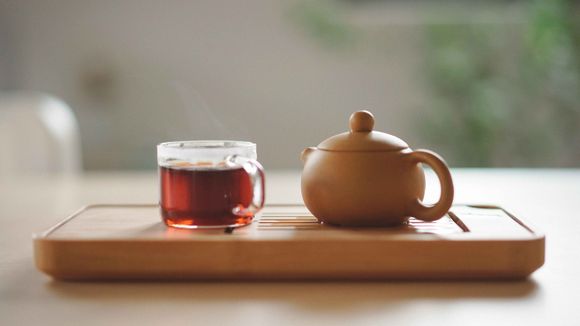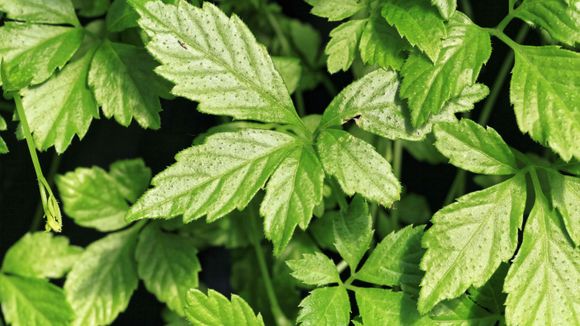Botanical Profile of Jiaogulan (Gynostemma pentaphyllum)
Belonging to the Cucurbitaceae family, Gynostemma pentaphyllum is a perennial climbing vine endemic to China, Japan, Korea, and certain regions of Southeast Asia. This botanically remarkable plant, characterized by tendrils enabling it to climb, bears leaves typically grouped in fives, hence the name pentaphyllum. Thriving in moist, shaded environments, it's commonly found in forests and thickets at altitudes ranging from 300 to 3,100 meters (2).
Unleashing the Health Benefits of Gynostemma pentaphyllum
The active compounds found in G. pentaphyllum, referred to as gypenosides, may drive its adaptogenic, antioxidant, and anti-inflammatory effects (3). Adaptogens support the body's stress response, antioxidants battle cellular damage caused by free radicals, and anti-inflammatory substances reduce inflammation within the body. G. pentaphyllum's potential to modulate immune responses and inhibit inflammation has been highlighted in a study published in the "Journal of Ethnopharmacology" (4).

Photo by Manki Kim on Unsplash
Easy Recipes for Gynostemma pentaphyllum (Jiaogulan) Home Preparation
Jiaogulan is often enjoyed as a soothing tea. Steep a handful of dried Jiaogulan leaves in boiling water for 10 minutes, strain, and savor the wellness in a cup.
To enhance the potency, simmer the leaves gently for 15-20 minutes (5).
Also, these leaves can be a healthful addition to salads, soups, and stir-fries, providing a unique way to incorporate this beneficial herb into your diet.
Questions and Answers
Q: What are the potential side effects of G. pentaphyllum?
A: While generally well-tolerated, G. pentaphyllum can cause minor side effects like nausea and increased bowel movements in some individuals. Consultation with a healthcare professional is recommended before starting any new supplement.
Q: Can I cultivate G. pentaphyllum at home?
A: Absolutely! G. pentaphyllum can thrive at home, either in a pot or a garden, as long as it has access to shade and moist soil.
Q: How does G. pentaphyllum taste?
A: G. pentaphyllum is known for its slightly sweet, earthy flavor, likened to green tea but with a milder touch.
Q: Is it safe to consume G. pentaphyllum during pregnancy or while nursing?
A: While there's no definitive evidence suggesting harm, it's always a safer bet to consult with a healthcare professional before using any new herbs or supplements during pregnancy or while nursing.
Q: Can G. pentaphyllum interact with other medications?
A: Yes, G. pentaphyllum may interact with certain medications, especially those related to blood pressure and blood sugar control. It's always essential to discuss with your healthcare provider before starting any new supplement, including G. pentaphyllum, if you are on any medications.
References
- Razmovski-Naumovski, V., et al. (2005). Chemistry and Pharmacology of Gynostemma pentaphyllum. Phytochemistry Reviews, 4, 197-219.
- Liu, J., et al. (2016). Gynostemma pentaphyllum: a review of its phytochemistry and pharmacology. Asian Journal of Pharmaceutical Sciences, 11, 361-383.
- Chen, JC., et al. (2012). Gypenosides reduced the risk of overweight and insulin resistance in C57BL/6J mice through modulating adipose thermogenesis and gut microbiota. Journal of Biomedical Science, 24, 47.
- Schild, L., et al. (2010). Immunomodulatory and Anti-Inflammatory Effects of Gynostemma pentaphyllum. Journal of Ethnopharmacology, 130, 1-9.
- Blumenthal, M., et al. (2013). Herbal Medicine: Expanded Commission E Monographs. Integrative Medicine Communications, pp. 169-173.









